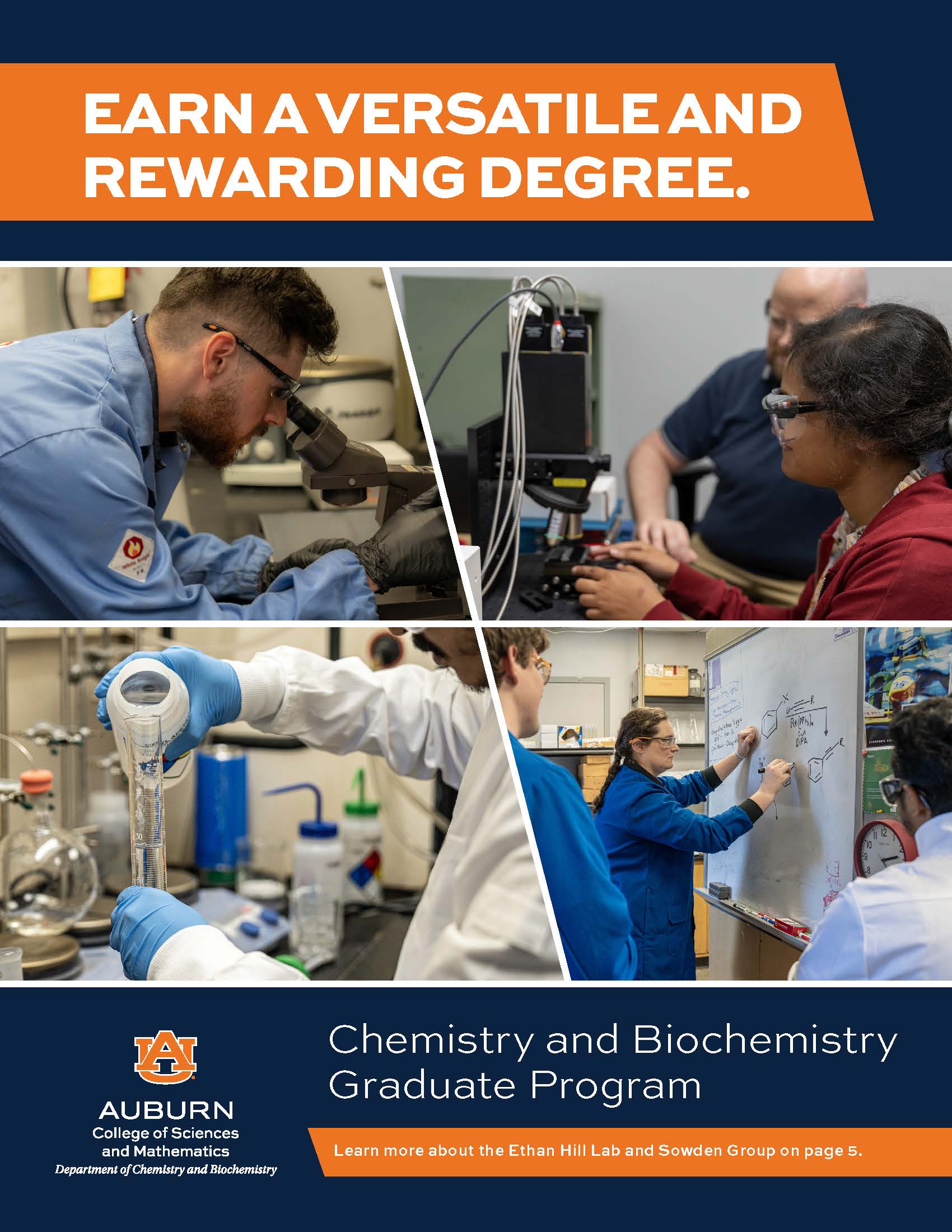Chemistry and Biochemistry Graduate Program
Earn a Versatile and Rewarding Degree
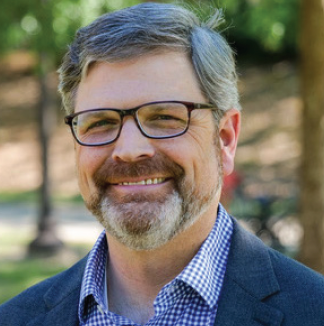
Welcome from Doug Goodwin, Chair
The Department of Chemistry and Biochemistry at Auburn University offers programs leading to master’s and doctoral degrees. Our department comprises a wide range of experimental and computational research programs directed by renowned scientists, many of whom are international leaders in their fields.
Housed in state-of-the-art facilities, faculty and students collaborate on research ranging from the traditional sub-disciplines of chemistry to highly multidisciplinary investigations focused on energy, catalysis, chemical biology, and materials science. Due to the favorable graduate student-to-faculty ratio, opportunities for extensive hands-on experience with advanced instrumentation and computational resources abound. Graduate students, under the guidance of their advisors, are encouraged to pursue highly individualized programs of study. We are proud of the fact that Auburn is listed in the top 100 of Carnegie R1 universities - a classification reserved for institutions with the highest levels of research activity. Our department consistently receives high rankings, including the No. 4 program in the country on the Top Chemistry Graduate Programs list that was released by GraduatePrograms.com in 2016.
In addition to our excellent faculty, comprehensive facilities, and strong academic rankings, you will find a welcoming and supportive environment to foster your growth as a scientist. Graduate students join our program from all walks of life, and we are passionate about mentoring and developing each one to join the next generation of professionals ready to change the world through chemistry.
Regardless of the path you take during your graduate studies, your experiences at Auburn University will prepare you well for traditional careers in industry, academia, and national labs, as well as for many non-traditional careers that require advanced training in science.
I hope you find the research taking place in our department exciting, and that it inspires you to apply to the graduate program. If you think Auburn might be a good fit, we invite you to contact us at your earliest convenience to arrange for a campus visit!
Sincerely,
Doug Goodwin
Professor and Chair
Meet the Graduate Program Officer Apply to Our Program
Your Link to a Chain of Knowledge
The Department of Chemistry and Biochemistry at Auburn University is committed to the highest excellence in both research and teaching. The department consists of 21 full-time research-active faculty and 6 full-time teaching faculty, and we are in the process of expanding. The academic backgrounds of the faculty provide a varied and well-balanced spectrum of expertise and research interests. Graduate students can choose research directors ranging from senior faculty with established research groups and reputations to younger faculty who are rapidly launching their research careers. Cutting-edge research is carried out in the areas of biological chemistry, synthesis methodology, molecular recognition and detection, new material synthesis and characterization, computational chemistry, renewable energy, and chemical education research, as well as in the traditional areas of analytical, biological, inorganic, organic, and physical chemistry.
The Department of Chemistry and Biochemistry at Auburn University offers master of science and doctorate degrees in chemistry. The department tailors a unique program of study for each graduate student in one of the following disciplines: analytical chemistry, biochemistry, inorganic chemistry, organic chemistry, physical chemistry, and chemical education research. Each program of study is quite flexible and is designed to give our students the best opportunity to develop at their own pace toward a goal of academic and professional excellence.
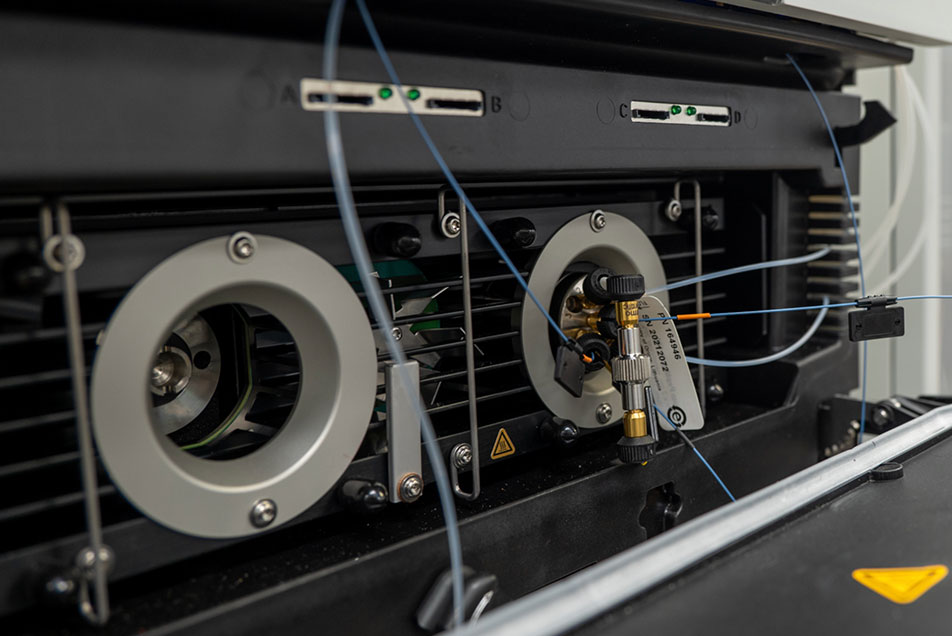
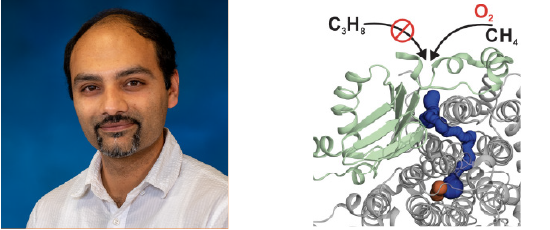
Assistant Professor
rzb0120@auburn.edu
PhD University of Minnesota (2013)
Disciplines: biochemistry, biophysics, bioinorganic, catalysis, drug design, energy
Our laboratory aims to investigate oxygen activation chemistry by metalloenzymes with the goal of discovering new therapeutics for human health and informing synthetic catalyst design for C-H functionalization reactions. The model enzymes include soluble methane monooxygenase (sMMO) that oxidizes methane to methanol and integral membrane desaturases (IMD) that oxidatively transform fatty acids to desaturated and hydroxylated lipids. We aim to understand how the active site iron centers catalyze challenging chemical reactions and how catalysis is regulated by the protein structure. Chemical biology applications include drug design against the IMDs and chemomimetic biocatalysis through protein evolution for sMMO.
Learn More
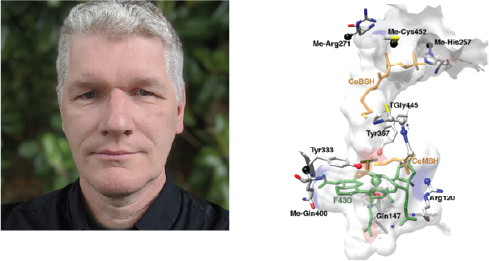
Professor
duinedu@auburn.edu
PhD University of Amsterdam (1996)
Disciplines: catalysis, microbiology, bioinorganic, biochemistry, biophysical
Metalloenzymes make up 30 percent of all proteins and enzymes. The study of their electronic and magnetic properties forms the basis of understanding their reaction mechanisms. In collaboration with other universities and industry, we study the enzymes responsible for methane production and consumption in methanogens in the hope of mimicking these processes or design inhibitors. Enzymes in the DOXP pathway for isoprene synthesis are studied with the goal of developing new antibiotics.
Learn More
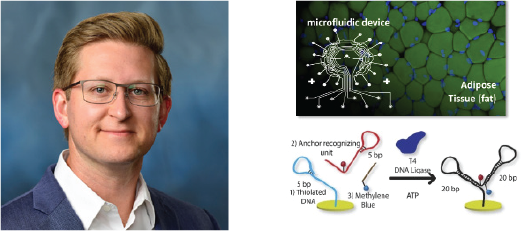
Dr. and Mrs. Charles Dent Williams Professor
chris.easley@auburn.edu
PhD University of Virginia (2006)
Disciplines: bioanalytical, analytical, biochemistry, medicinal
Research in the Easley group is multidisciplinary, including bioanalytical chemistry, microfluidics, electrochemistry, thermofluorimetry, fluorescence microscopy, and cell/tissue culture. We design custom microfluidic devices that can culture and sample from adipose tissue (fat) at high resolution, improving our understanding of diabetes, obesity, and metabolic syndrome. We also have developed electrochemical sensors for biomarker detection and disease monitoring, using DNA-based bioconjugates assembled at electrode surfaces—these sensors have been licensed for commercial use. Currently, both of these major thrusts are funded by the National Institutes of Health (NIH).
Learn More
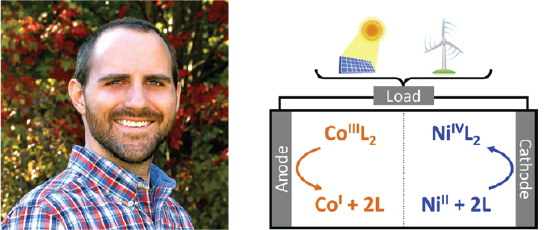
Lloyd and Sandra Nix Associate Professor
farnum@auburn.edu
PhD Johns Hopkins University (2012)
Disciplines: inorganic, physical, energy, materials
The Farnum group is interested in the development of inorganic molecules and nanomaterials that address chemical challenges related to solar energy conversion and electrochemical energy storage. Our lab intersects the broad areas of inorganic and physical chemistry where we use a range of synthetic and characterization methods to produce new and exciting molecules/materials and probe their photo/electrochemical properties.
Learn More
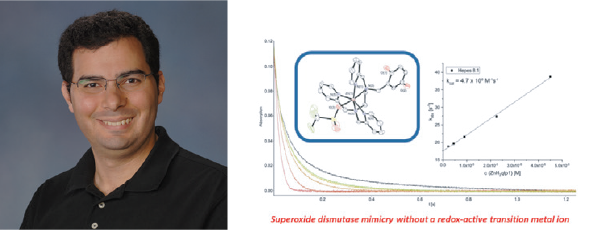
J. Milton Harris Professor and Undergraduate Program Officer (UPO)
crgoldsmith@auburn.edu
PhD Stanford University (2004)
Disciplines: inorganic, bioinorganic, catalysis, synthesis
My research group studies the interactions between coordination complexes and oxidants in order to develop catalysts and sensors capable of detecting reactive oxygen species in biological systems. We have successfully prepared catalysts for superoxide disproportionation, aldehyde deformylation, C-H activation, and olefin epoxidation. We have also prepared MRI contrast agents that react directly and selectively with H2O2 and can detect in vivo oxidative stress.
Learn More
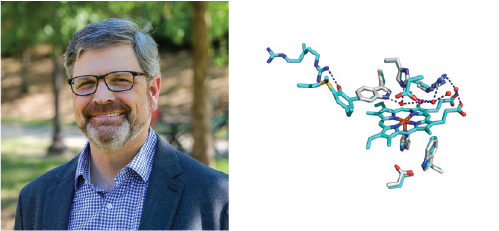
Ruth W. Molette Professor and Chair
goodwdc@auburn.edu
PhD Utah State University (1996)
Disciplines: biochemistry, bioinorganic, catalysis, medicinal
Our research seeks to illuminate 1) mechanisms of bacterial virulence and antibiotic resistance, and 2) new approaches to control pathogens, biomedical and agricultural. First, KatG is a multifunctional peroxide-degrading enzyme central to pathogen defenses against host immune responses. It is also key to Mycobacterium tuberculosis resistance to the most widely used antitubercular agent, isoniazid. We are elucidating mechanisms that may give pathogens greater resistance to peroxides than previously thought and that account for isoniazid activation and resistance. Second, we are using the incredible versatility of microbial metabolism to identify powerful antibiotic natural products. Some may target human pathogens and others target notorious and costly agricultural pathogens.
Learn More
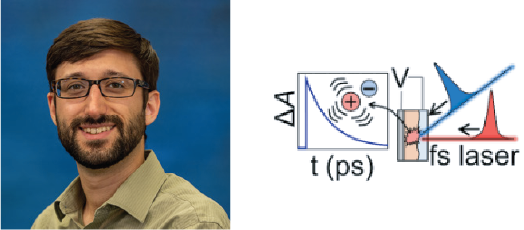
Assistant Professor
chris.grieco@auburn.edu
PhD Pennsylvania State University (2017)
Disciplines: physical, analytical, materials, polymers, energy, photochemistry, photophysics
The Grieco lab aims to develop a fundamental understanding of mixed ionic-electronic conduction in conjugated polymers for ion-charge signal transduction and storage. Motivated by bioelectronic and energy storage applications, our research lies at the interface between Physical Chemistry, Materials Chemistry, and Engineering. We develop and apply in situ time-resolved optical spectroscopies for probing the elementary processes that occur during mixed ionic-electronic conduction. Our ultimate goal is to develop polymer design principles for maximizing their performance in electrochemical devices.
Learn More
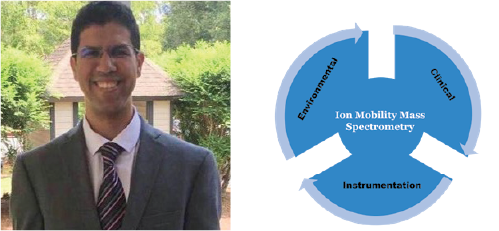
Associate Professor
amh0218@auburn.edu
PhD Virginia Commonwealth University (2012)
Disciplines: analytical, clinical, environmental
Our group is interested in the development of novel mass spectrometry instruments, in particular those utilizing ion mobility separations. We use them in several applications to clinical and environmental sciences, focusing on rapid identification of infectious diseases by efficient dscrimination of pathogens. Moreover, we are interested in direct detection of pesticides from crops to help monitor the levels of pesticides and cut the rates of unintentional poisoning. We also work towards developing a portable ion mobility analytical device that can be used to diagnose infectious diseases and detect pesticides.
Learn More
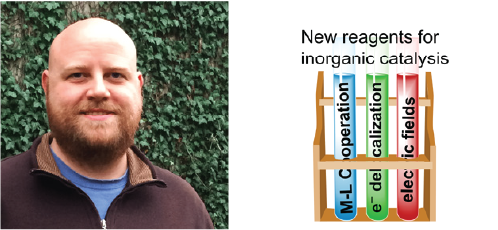
Assistant Professor
mzc0102@auburn.edu
PhD University of California – Irvine (2016)
Disciplines: inorganic, catalysis, synthesis, energy, materials
Inorganic catalysts have become invaluable tools for the synthesis of pharmaceutical, commodity, and industrial chemicals. Recent attention has begun to shift towards new ways of performing relevant reactions in more efficient and environmentally conscious ways. To meet this goal, the Hill lab is focused on developing new methods of controlling and enhancing the reactivity of Earth-abundant transition metal catalysts using long-range interactions such as external electric fields, metal-ligand cooperativity, and electronic delocalization. Areas of interest are in applying these methods to chemical synthesis, understanding fundamental aspects of chemical bonding, and future energy production.
Learn More
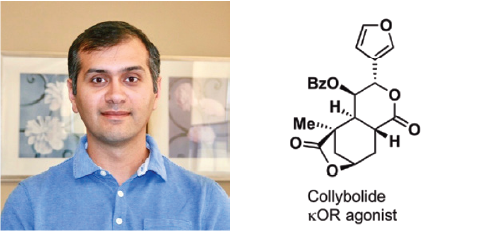
S.D. and Karen H. Worley Associate Professor
rrk0008@auburn.edu
PhD Cornell University Weill Graduate School of Medical Science (2014)
Disciplines: organic, medicinal, synthesis
Our research group is interested in the synthesis, diversification, and structure-activity relationship studies of natural products for identifying new bioactive scaffolds. Methodology development is also an important part of our research program as it allows to overcome the unique synthetic challenges associated with the synthesis and late stage functionalization of complex natural products. We are particularly interested in the natural product scaffolds for the treatment of neurological disorders and infectious diseases.
Learn More

Associate Professor
som@auburn.edu
PhD University of Wisconsin-Madison (2006)
Disciplines: biochemistry, bioinorganic, bioorganic, biophysical, catalysis, computational/theoretical, energy, environmental, medicinal
Our laboratory utilizes a combination of bioinformatic, biochemical, and biophysical approaches to identify and characterize novel biosynthetic pathways, secondary metabolites, and biocatalysts. The systems under study are chosen for both their biological importance and their potential for employing unusual enzyme chemistry. Current projects are focused on tetrapyrroles (the pigments of life), and their applications in medical, environmental, and energy research. One example, depicted here, involves mechanistic and biosynthetic studies of dinoflagellate bioluminescence and may lead to the development of cellular imaging agents and algicides for the remediation of coastal seawaters.
Learn More
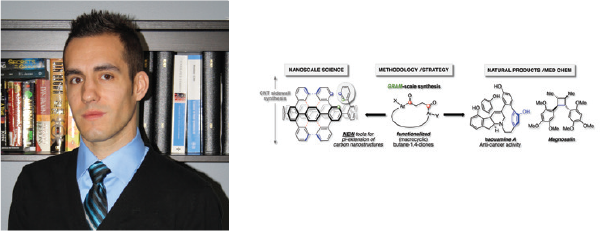
Associate Professor
blm0022@auburn.edu
PhD Memorial University of Newfoundland (2010)
Disciplines: organic, synthesis, medicinal, materials
Target-Oriented Chemical Synthesis: Our group’s research program is centered on the development of new synthetic tools and strategies for accessing complex organic molecules. Synthetic targets that are pursued include anticancer natural products, RNA-based therapeutics, medicinally relevant and constrained macrocycles, as well as hydrocarbon materials that can be employed in the bottom-up chemical synthesis of structurally uniform carbon nanostructures.
Learn More
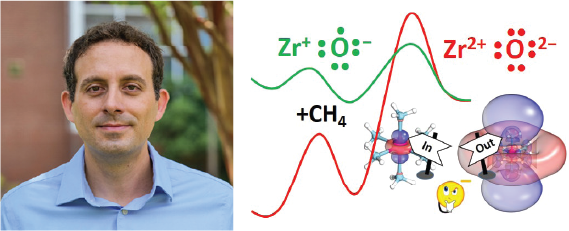
James E. Land Associate Professor
emiliord@auburn.edu
PhD National and Kapodistrian University of Athens (2010)
Disciplines: physical, computational/theoretical, energy
Our group applies high-level electronic structure calculations to study small transition metal compounds and their reactions with representative molecules for the activation of chemical bonds, such as C-H, O-H, N2, and CO2. These reactions are important in environmental chemistry and industry. Our goal is to understand the role of metal identity and ligands on the activity of molecular catalysts. We also study molecular systems containing solvated electrons (solvated electron precursors), which can lead to the discovery of novel materials (liquid metals) and aid their experimental characterization.
Learn More
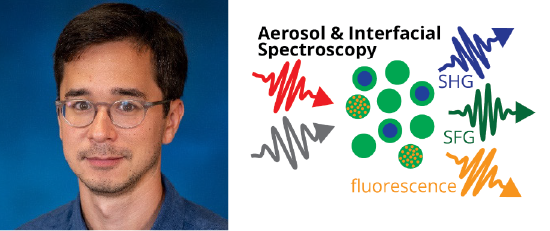
Assistant Professor
peo0005@auburn.edu
PhD Northwestern University (2019)
Disciplines: physical, analytical, environmental
Our research seeks to develop and apply tools to elucidate the molecular details of the structure, composition, and reactivity of interfacial chemical systems. We are particularly interested in the surfaces/interfaces of aerosol particles and liquid:liquid interfaces. This work lies at the metaphorical interface between a range of fields, including physical chemistry, analytical chemistry, environmental chemistry, and aerosol science. We use a variety of analytical techniques and instrumentation, including sum-frequency generation/second harmonic generation, fluorescence probe spectroscopy, aerosol mass spectrometry, and scanning mobility particle sizing.
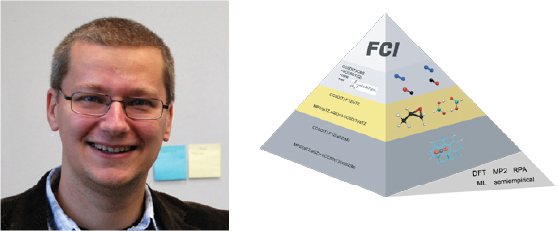
Professor and Graduate Program Officer (GPO)
patkowski@auburn.edu
PhD University of Warsaw (2004)
Disciplines: physical, computational/theoretical, energy
Our group studies weak intermolecular interactions using accurate techniques of ab initio computational chemistry. We strive to provide improved descriptions of weakly bound complexes of spectroscopic and astrophysical relevance and a quantitative picture of small molecule adsorption on carbon nanotubes and within metal organic frameworks. Our method development work focuses on extending the capabilities of symmetry-adapted perturbation theory (SAPT) and improving the performance of dispersion-corrected density functional theory (DFT) across the entire potential energy surface.
Learn More
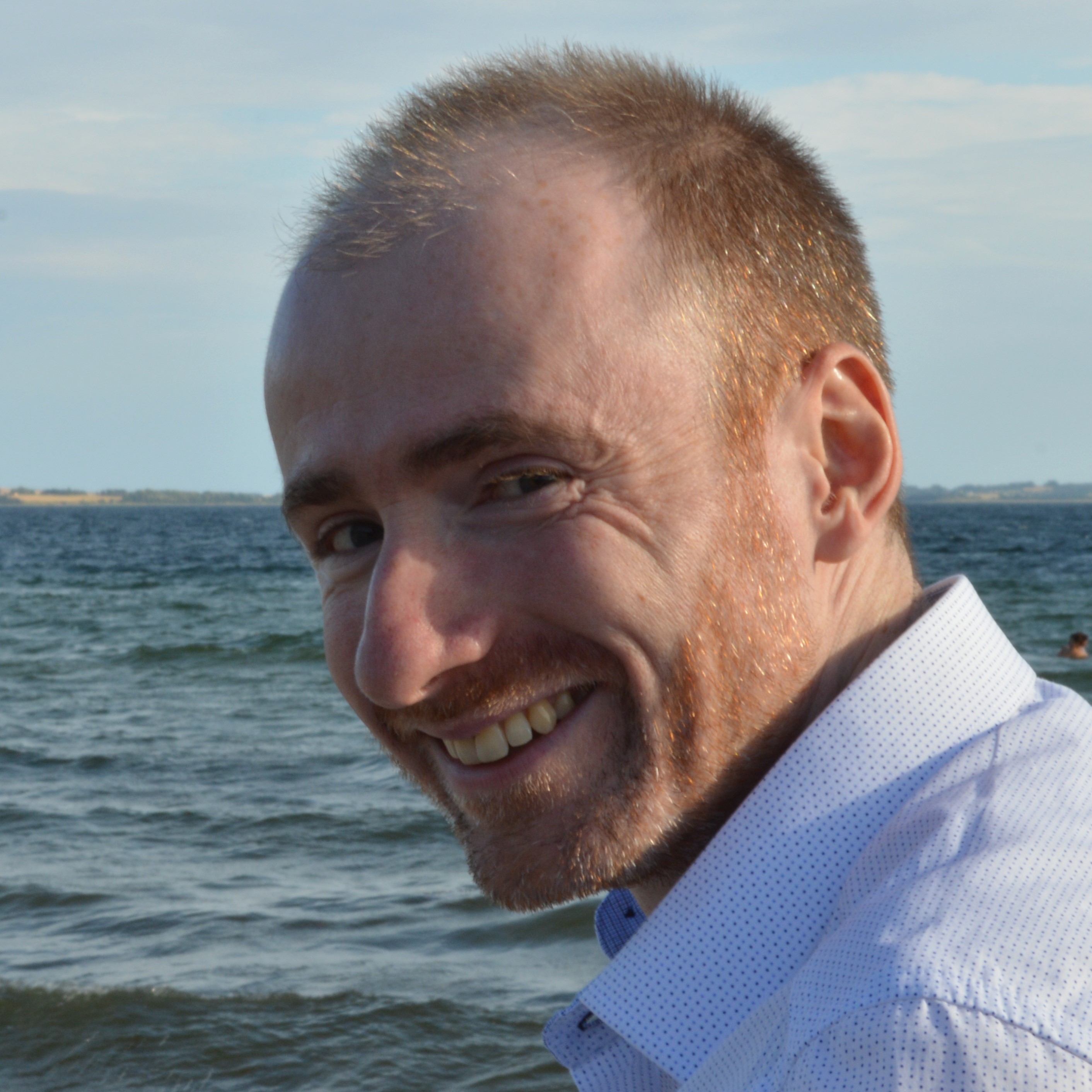
Assistant Professor
flp0008@auburn.edu
PhD Aarhus University (2004)
Disciplines: physical, computational/theoretical
Development of novel models to address a hitherto unresolved problem in quantum chemistry: Accurate and efficient prediction of a response of complex chemical systems to an electro-magnetic field. These methods can be applied to calculate virtually any property of a chemical system to very high accuracy. Examples of applications of the new methods currently underway: Excited states of biologically relevant molecules; Multi-photon absorption of potential candidates for optical materials.
Learn More

Assistant Professor
kwrush@auburn.edu
PhD University of Michigan (2018)
Disciplines: biochemistry, bioinorganic, biophysical, catalysis, medicinal
The Rush lab is interested in metalloenzyme catalysis, motivated by applications to human health and gaining a fundamental understanding of molecular mechanism. We specialize in X-ray spectroscopy as a tool for these studies, coupled to genetic and synthetic labelling techniques to facilitate introduction of spectroscopically useful functional groups. Selenium-containing amino acids are a particular interest, which we aim to both use as a labelling tool and understand functionally within biological catalysis.
Learn More

Assistant Professor
mzs0357@auburn.edu
PhD Australian National University (2019)
Disciplines: organic, medicinal, synthesis
The cutting edge of modern synthetic organic chemistry involves the invention of short syntheses that produce useful quantities of difficult to access natural products and designed target molecules. Our group is interested in the development of new synthetic methods that allow for the generation of highly strained multicyclic molecules from commodity chemicals. Our research group works to employ these methods in the short, scalable, and efficient syntheses of a variety of target molecules -- both natural and designed.
Learn More
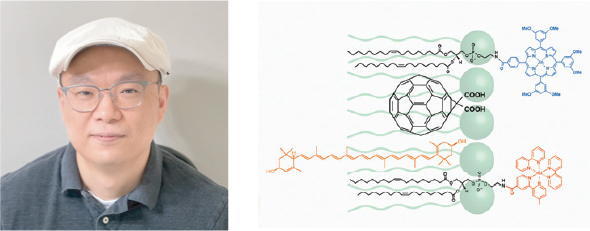
Professor
wzz0001@auburn.edu
PhD Texas A&M University (2004)
Disciplines: analytical, bioanalytical, materials, energy
We have broad research interests in solar energy conversion, bioanalytical chemistry, and materials chemistry, which, amazingly, are tied together by a single type of species - lipids. Since lipids are amphiphilic molecules – bearing both hydrophilic and hydrophobic groups on the same molecule – they can self-assemble or be directed to assemble into various interesting nanostructures with distinct size, shape, and geometry. In our lab, we spend a lot of time designing and controlling these lipid-based molecular assemblies. To probe these structures, we quite often rely on tools based on electrochemistry and flouriescence
Learn More
Access to Advanced Instrumentation
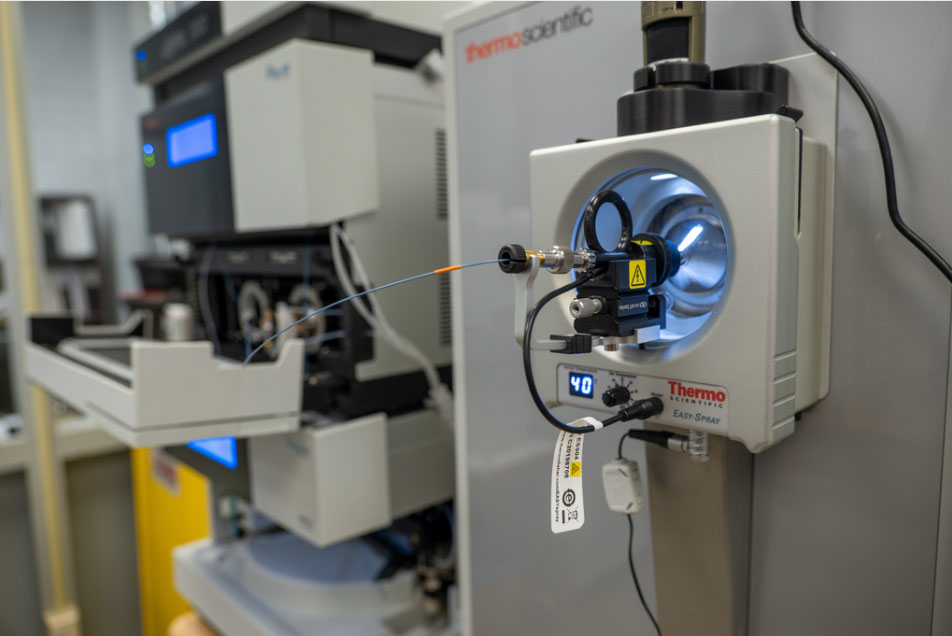
The Department of Chemistry and Biochemistry houses a full complement of instruments crucial to the pursuit of chemical research. With cutting edge instrumentation, graduate student gain critical hands-on experience conducting research and refining their skills on how to operate these highly technical instruments.
The Mass Spectrometry Center (MSC) provides analytical services including the performance, interpretation, design, and optimization of MS experiments. Multiple high-resolution instruments are located in the MSC including LC/MS, LC-MS/MS, and GC/MS. ESI, APCI, and EI ionization modes are available. The Orbitrap Exploris LC-MS instruments have a full range of modern mass spectrometric techniques available, including MS, MS/MS, SIM, SRM, DIA and DDA scanning methods.
The Nuclear Magnetic Resonance (NMR) center houses two high-field NMR instruments (500, and 600 MHz Bruker) with automated sample changers, which provide open access for graduate students to perform 1H, 13C, 31P, 10B, and 19F NMR. 2D homonuclear experiments such as COSY, TOCSY, and NOESY as well as heteronuclear experiments (HSQC, HMQC, HMBC, etc.) can be performed on these instruments.
The 500 MHz instrument is equipped with a liquid Nitrogen cooled broad band probe that allows the study of a broad range of nuclei, while the 600 MHz instrument is equipped with a liquid Helium cryoprobe optimized for biomacromolecular samples.
Housed in the X-Ray Diffraction Facility is a new Bruker D8 Venture single crystal diffractometer equipped with IμS DIAMOND dual source X-rays for small molecule and biological molecule structure determination. Also available is a powder diffractometer with a wide area detector. A host of spectrometers are available including FT-IR and GC/FT-IR. Multiple capillary gas chromatographs are on hand, including one with an ion-trap detector. Thermal measurements are performed using microcalorimetry and differential scanning calorimetry. UV-Vis and UV-Vis-NIR, spectrophotometers, as well as those for magnetic circular dichroism (MCD) and electron paramagnetic resonance (EPR) experiments are also available, and a new 3D printing facility is available to support research and instructional activities. There are also powerful supercomputers featuring thousands of processors, hundreds of GB of RAM, and hundreds of TB of disk space. A glass shop is also available, where chemical glassware can be fabricated, modified, and/or repaired.
Our Community
The Auburn-Opelika area is filled with scenic natural beauty and a wealth of possibility. It has much to offer in education, recreation, nature, history, culture, and more.
Auburn is a small, friendly university town in the rolling hills of eastcentral Alabama, with a population of approximately 75,000. It is conveniently located along Interstate 85, less than 60 miles northeast of Alabama’s capital city of Montgomery; about 30 miles west of Columbus, Georgia; and 100 miles southwest of Atlanta. Alabama’s Gulf Shores can be reached in less than four hours.
The City of Auburn and Auburn University share a special relationship, including partnerships such as the Yarbrough Tennis Center and the Auburn Research Park. The famed Toomer’s Corner not only marks the spot where the city and university intersect, but it is a widely popular place for the city and university communities alike to gather in celebration.
The City of Auburn and Auburn University share a special relationship, including partnerships such as the Yarbrough Tennis Center and the Auburn Research Park. The famed Toomer’s Corner not only marks the spot where the city and university intersect, but it is a widely popular place for the city and university communities alike to gather in celebration.
Auburn residents overwhelmingly rate the city as a great place to live, work and raise children, but don’t just take their word for it. Forbes has consistently ranked Auburn on its lists for Best Places to Retire and Best Small Places for Business and Careers. Auburn City Schools has consistently been ranked among the top public school systems in the state and nation. Residents have access to a number of city parks and recreational programs, as well as 696 scenic acres at Chewacla State Park.
Opelika, Auburn’s sister city, is full of quaint charm and rich in heritage. It is a vibrant small town with a high quality of life for its nearly 30,000 residents. It is the county seat for Lee County, the eighth largest county by population in Alabama.
Opelika is home to the Opelika SportsPlex and Aquatics Center; East Alabama Medical Center; Opelika Performing Arts Center; Southern Union State Community College, one of 27 institutions in the Alabama Community College System; and the Robert Trent Jones Golf Trail at Grand National, host of the PGA Tour’s Barbasol Championship

Interested in Applying? Check out the
Application Procedure
Questions? Feel Free to Contact Us
334.844.4043
chemphd@auburn.edu
Mailing Address:
Auburn University
Department of Chemistry and Biochemistry
179 Chemistry Building
Auburn, AL 36849-5312

